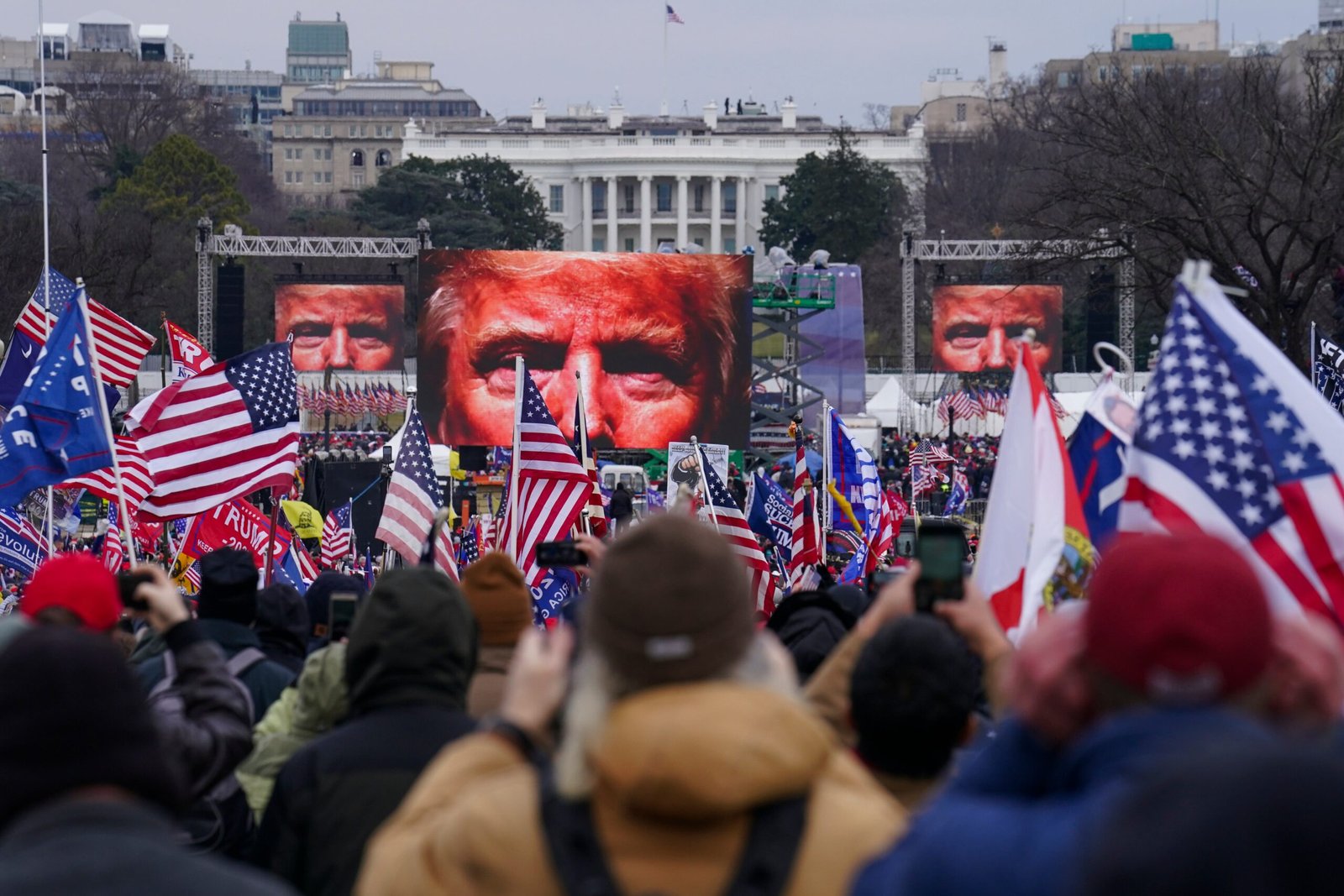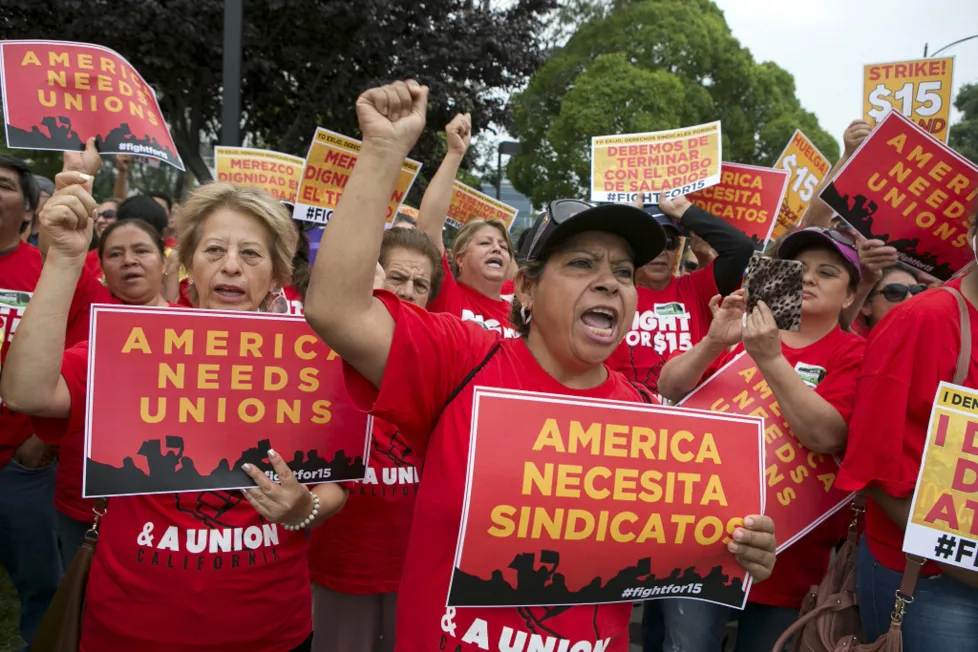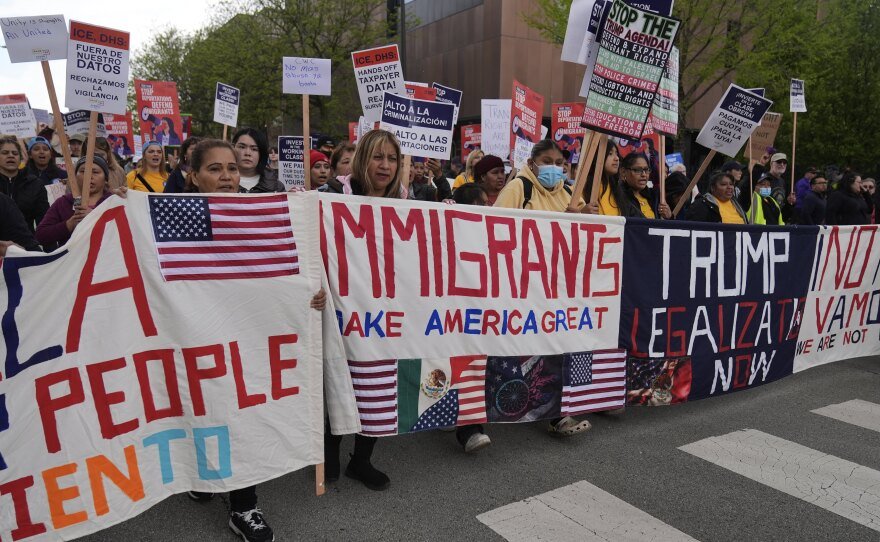
Sovereignty in Ruins: How California Is Redefining the Union
The first state to say ‘no’ is rarely the last.

Introduction
In the spring of 2025, California refused to comply with three major federal enforcement orders—one related to immigration, one to protest response, and another regarding educational policy. The symbolism was potent, but the implications were seismic. It marked not merely a policy disagreement, but an existential challenge to the American federal system. For the first time in modern history, the most populous state in the nation declared, in effect: We will not comply.
What follows is not secession, but fragmentation. And it forces us to ask: is the United States still a union of consensus—or merely a territory of reluctant neighbors?
I. A History of Fragile Federalism
The American experiment has always been a balancing act between centralized authority and state autonomy. The Tenth Amendment granted states powers not delegated to the federal government. But how much autonomy is too much before the integrity of the whole collapses?
From the Nullification Crisis in 1832 to Southern resistance during the Civil Rights era, the fault lines of federalism have re-emerged cyclically. What makes California in 2025 unique is not only its scale, but its ideological coherence—a state whose population, economy, and political institutions openly contradict the federal vision.
II. California’s Threefold Defiance
In March 2025, Governor Gavin Newsom announced that California would:
- Reject federal ICE deployment unless authorized by state courts.
- Refuse to comply with DHS demands for protestor surveillance data.
- Withhold implementation of federally-mandated educational curriculum changes relating to “national values.”
Each move was met with outrage from Washington—and with applause from many other state governments watching closely. Oregon, Washington, New York, and even Massachusetts expressed support or signaled similar intent.
We are witnessing not the birth of rebellion, but the slow formalization of regional ideologies within a single flag.
III. Legal Collapse or Democratic Evolution?
Is this unconstitutional? Possibly. But more crucially, is it sustainable?
The U.S. Supreme Court—now heavily tilted toward a unitary executive vision—may soon rule against California. But what happens if the ruling is ignored? America has few mechanisms to discipline its own states without triggering a legitimacy crisis.
Scholars like Heather Gerken and Sanford Levinson have warned of “post-constitutional governance”—a term that no longer feels theoretical. The deeper question is whether states should comply when compliance means endorsing federal policies they see as morally illegitimate.
IV. The New Sovereignty
California is not seceding. It is simply acting sovereign, while still sending tax dollars to Washington. That distinction is more than semantics. It reveals a future in which large states behave like semi-autonomous political entities—cooperating when it suits them, resisting when it doesn’t.
The danger lies not in open rebellion, but in the erosion of common civic identity. When a Texan and a Californian view not only policy but reality itself through entirely different lenses, we may not need war to witness dissolution. Bureaucratic disobedience may suffice.
Conclusion: Between Rupture and Reinvention
California is not breaking away from the Union. But it is clearly breaking faith with the notion that this Union functions. Whether that leads to collapse or reinvention will depend not on Supreme Court rulings or presidential executive orders—but on how many other states begin to act the same way.
This article is an excerpt of broader themes explored in California on Fire, the 100-page in-depth analysis of the 2025 uprisings, federal-state tensions, and the uncertain future of the United States.


